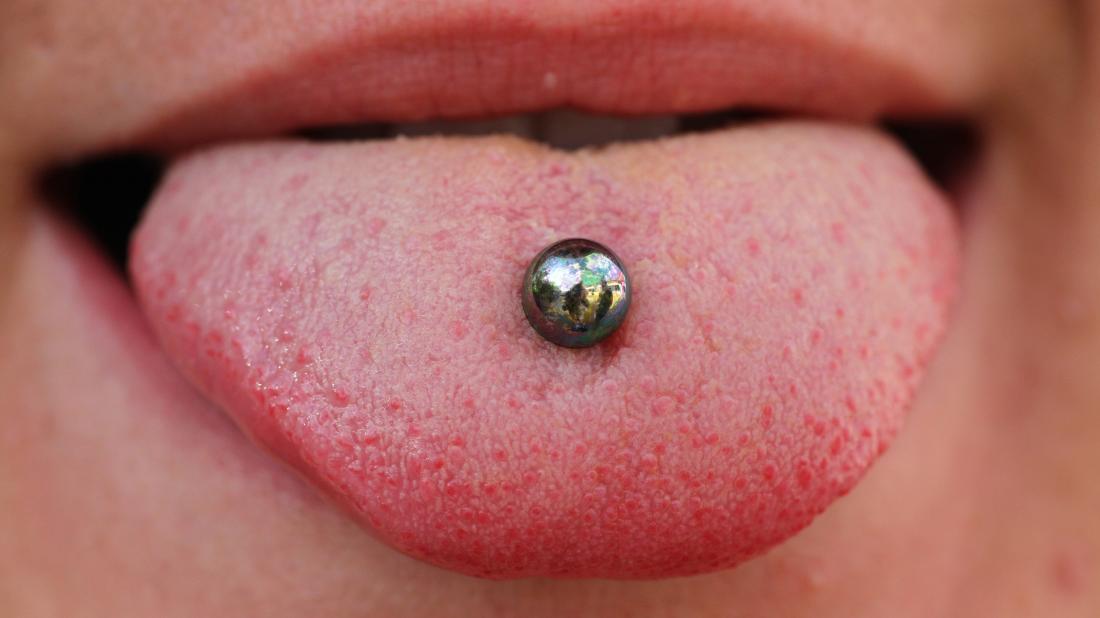
Tongue piercings have applied for centuries, evolving from ancient cultural rituals to modern fashion statements. While the act of piercing the tongue may look the same for men and women, the perceived meaning behind it can vary. In this article, we explore both the similarities and the differences in what a tongue piercing can represent for men and women.
Similarities in Meaning
1. Self-Expression and Individuality

For both men and women, a tongue piercing is often a bold declaration of personality. It signals that the wearer is willing to stand out and make unconventional choices. Whether it is paired with other piercings, tattoos, or an alternative style, a tongue piercing can serve as an artistic extension of one’s identity.
2. Rebellion Against Norms
In many societies, oral piercings are still considered non-traditional. For both genders, choosing to pierce the tongue can be a symbolic act of pushing back against conservative standards or cultural expectations. It becomes a statement that the wearer is living life on their own terms.
3. Aesthetic Appeal
Men and women alike may choose tongue piercings purely for fashion. The visual effect—whether it is a simple metal stud or a colorful piece of jewelry—can be an attractive detail, especially when speaking or smiling. In this sense, the meaning is straightforward: it is about beauty and style.
4. Sense of Empowerment
For many, the decision to pierce the tongue is empowering. It involves embracing personal choices about the body and not allowing others to dictate appearance. Both men and women can share in this feeling of autonomy and control.
Differences in Meaning

1. Perceived Se:xual Connotations
One of the most notable differences lies in how tongue piercings are interpreted by others. In many modern contexts, a woman’s tongue piercing may be connected—sometimes unfairly—with sensuality or flirtatiousness. For men, while the same association can exist, it is often seen as a sign of adventurousness rather than overt seduction. This reflects broader gender stereotypes rather than the intentions of the wearer.
2. Cultural Expectations and Judgment
Women with tongue piercings can face different societal scrutiny than men. In some communities, it may be viewed as a sign of rebellion against feminine “purity” norms, whereas for men, it might simply be accepted as part of a rugged or edgy image. The same piercing can therefore carry a heavier social weight for women.
3. Motivations for Piercing
While both genders may select a tongue piercing for self-expression, studies and anecdotal evidence suggest that women are more likely to select jewelry and placement for aesthetic coordination with other accessories, whereas men may be more motivated by the thrill, challenge, or statement-making aspect of the piercing.
4. Symbolism in Subcultures

In certain subcultures, such as punk, goth, or LGBTQ+ communities, the symbolism of a tongue piercing can differ by gender. For example, in some groups, it might be a sign of se:xual openness for women, while for men, it could symbolize nonconformity or even solidarity with a specific social movement.
Conclusion
The meaning of a tongue piercing is not fixed—it shifts depending on cultural context, personal intention, and the observer’s perspective. For both men and women, it can represent confidence, self-expression, and a willingness to challenge norms. Yet gendered interpretations persist, shaping how these piercings are perceived in everyday life. Ultimately, the most authentic meaning comes from the individual wearing it, not from stereotypes or outside assumptions.















